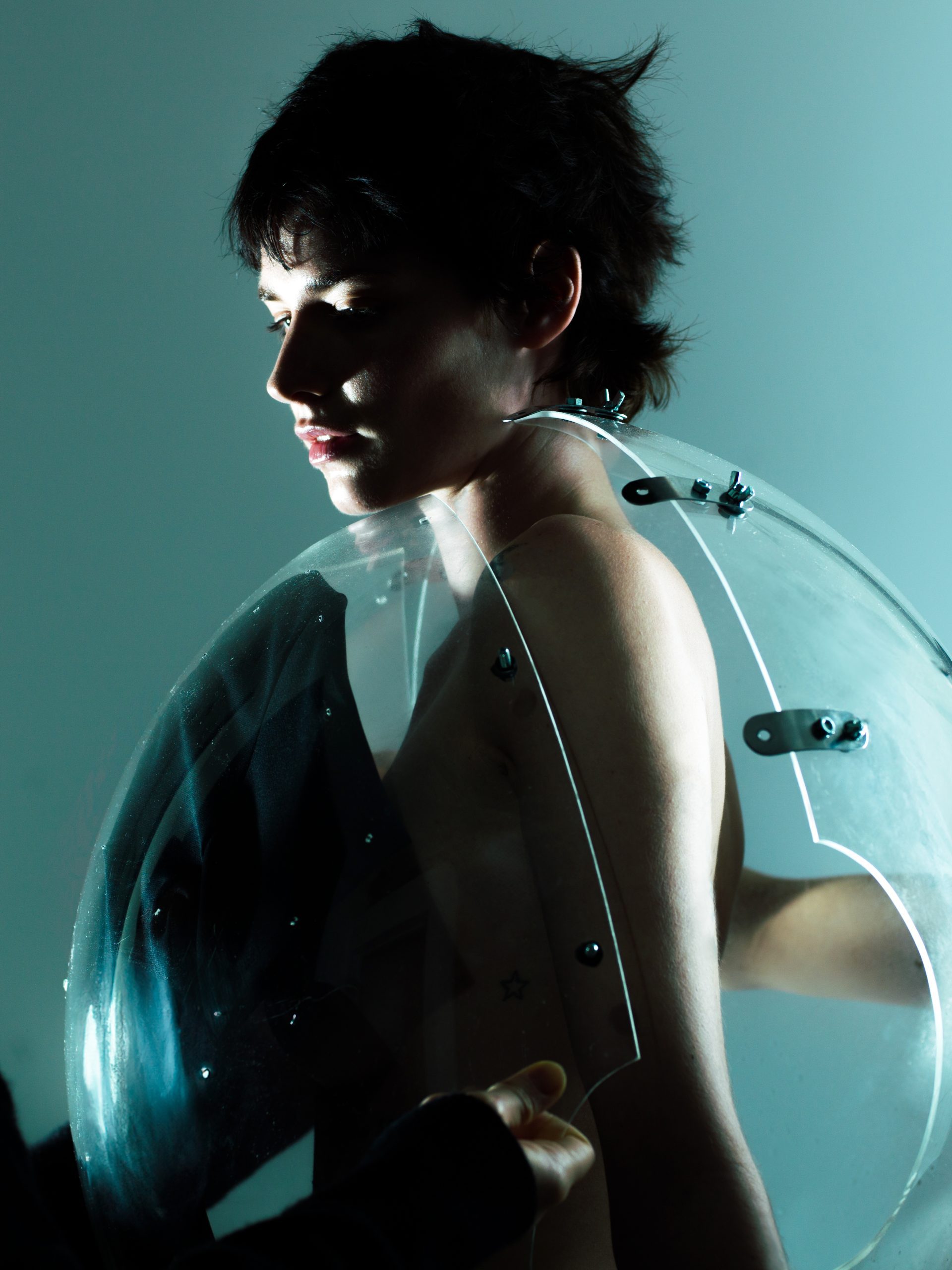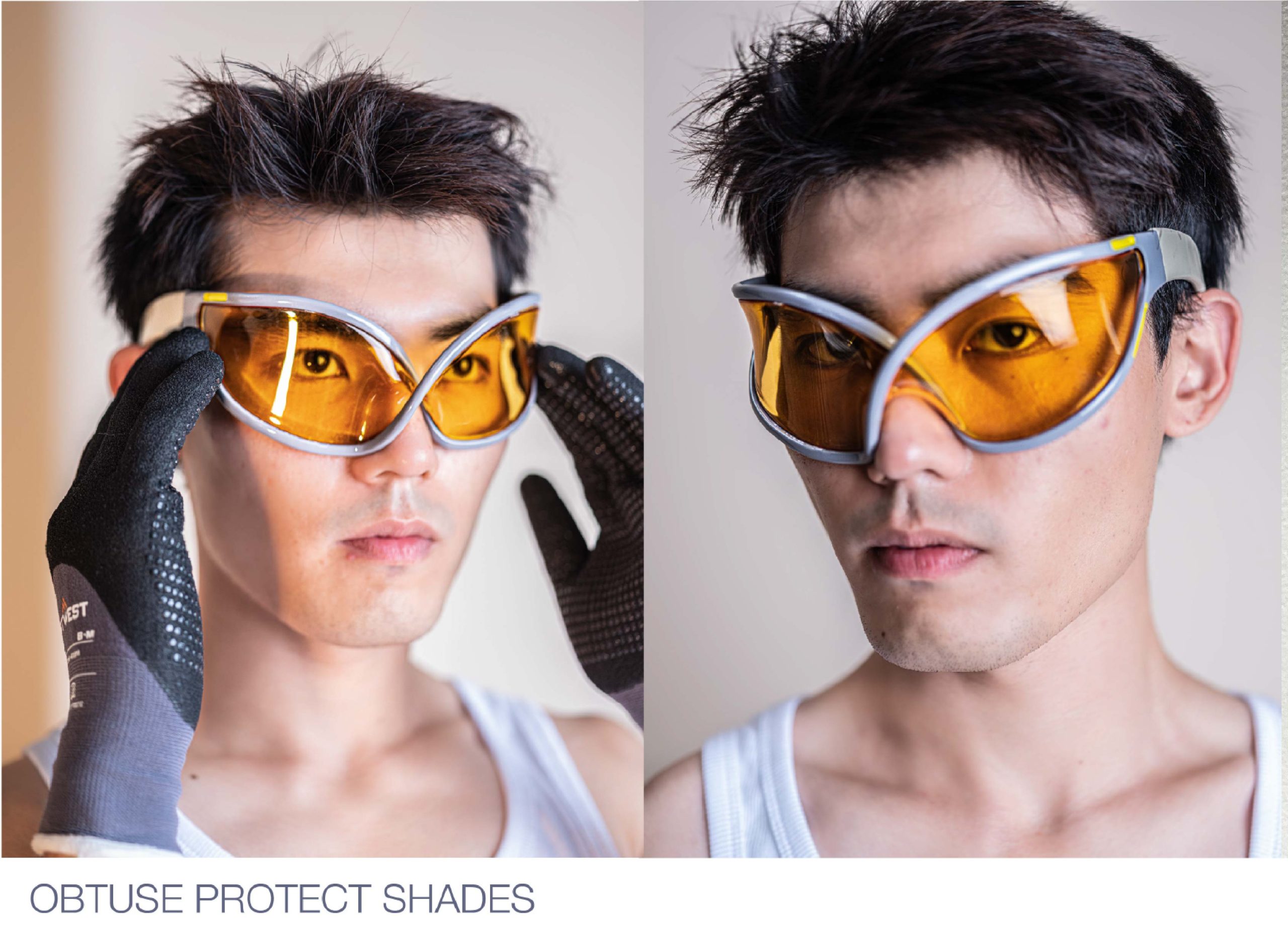The Foundation of AI Art Therapy
Art therapy has long maintained the power of creative expression as a conduit for healing and enhancing psychological wellness. This therapeutic practice, deeply rooted in the interplay between creativity and mental health, is witnessing a transformative shift with the advent of artificial intelligence. By integrating AI tools, like Midjourney or Adobe Firefly, into art therapy sessions, a novel interactive dynamic can emerge between the client and the technology. This emergent modality of care translates thoughts, feelings, or even fleeting phrases into tangible visual representations, enabling a profound exploration of the self.
The Democratization of Creative Expression
This modern adaptation of art therapy does more than just maintain the discipline’s foundational therapeutic essence, which celebrates the cathartic nature of creation and expression. It ambitiously extends it, utilizing AI to democratize the creative process. This democratization is not merely about making art creation more accessible; it’s about redefining what it means to create and who can participate in these acts of creation. In this new therapeutic landscape, AI becomes a bridge between the individual’s inner world and the canvas, ensuring that the therapeutic power of art is available to all, irrespective of their traditional artistic skills or backgrounds. Through this, the promise of art therapy—that of healing, self-expression, and personal transformation—becomes a more inclusive reality.
How AI Art Therapy Works
The process starts with the individual, who brings forward a sentiment, a thought, or an idea ripe for exploration. This kernel of personal truth is then communicated to the AI as a prompt, a seemingly simple, yet often profound, act of reaching inward and then outward. The AI tool, acting as a responsive and intuitive collaborator, generates visual interpretations of this prompt, laying the groundwork for what becomes an iterative dialogue between human emotion and technological interpretation.
As these initial visual outputs emerge, they are not endpoints but starting points for deeper processing. The client is invited to engage in a process of refinement and discovery, where each interaction with the AI can lead to deeper introspection and clarity. This cycle—prompt, create, reflect, refine—is the heartbeat of AI art therapy, fostering an environment where clients can navigate their emotional landscapes in a space free from judgment. It’s in this unique therapeutic context that individuals find the freedom to express and explore their inner experiences, cultivating a profound connection to their emotions.
This process is illustrative of the therapeutic power of AI art therapy, where the act of creation becomes a mirror reflecting the individual’s inner world. Through facilitating this deep emotional engagement, AI art therapy empowers individuals to articulate feelings and thoughts that might otherwise remain obscured, offering a path to understanding and healing that is both innovative and deeply human.
The Therapeutic Benefits
The therapeutic landscape of AI art therapy is characterized by its ability to facilitate emotional exploration and expression in ways traditional therapy modalities may not. This approach fosters a unique dialogue between the individual and their deeper, often unspoken, emotions. By translating complex emotions and experiences into visual form, AI art therapy provides a tangible means for individuals to process and articulate feelings that may be difficult to express through words alone. This method is especially impactful for those engaging in identity exploration, navigating the aftermath of trauma, or working to overcome emotional stagnation. It paves a novel pathway for introspection, offering a mirror to the soul’s intricate landscapes.
Beyond its methodology, a main benefit of AI art therapy lies in its ability to democratize the therapeutic and creative processes. By removing the intimidation, so often associated with traditional art-making, it opens the door to creative expression for a broader spectrum of individuals who might not otherwise seek care. This inclusivity not only enriches the therapy experience but also ensures that the profound benefits of artistic expression—such as improved mental health, enhanced self-awareness, and emotional resilience—are accessible to all, irrespective of their artistic aptitude.
Conclusion: A Future Enriched by Innovation
The integration of AI in art therapy represents a significant evolution in the field of mental health, offering innovative tools for expression, healing, and empowerment. This emerging practice challenges us to rethink the boundaries of traditional therapy and the role of technology in expanding the scope of healing and self-discovery. As we continue to explore and understand the implications of this integration, it is clear that AI tools can promote a more inclusive, expressive, and transformative therapeutic future. Through the lens of these progressive modalities of care, we can envision a world where everyone has the opportunity to explore their inner world and heal through the universal language of art, making the journey towards emotional well-being more accessible and empowering for all.
Faedriel (he, they) is a licensed clinical psychologist and digital artist in Boulder, Colorado. With a deep commitment to leveraging technology for empowerment and transformation, Faedriel has integrated AI art therapy into his therapeutic practice, focusing on supporting LGBTQ+ young adults. His work showcases the therapeutic potential of AI art and also encapsulates a broader vision for the role of technology in fostering inclusivity and equity in mental health care.
Written by Faedriel, a GLITCH Magazine Contributor





